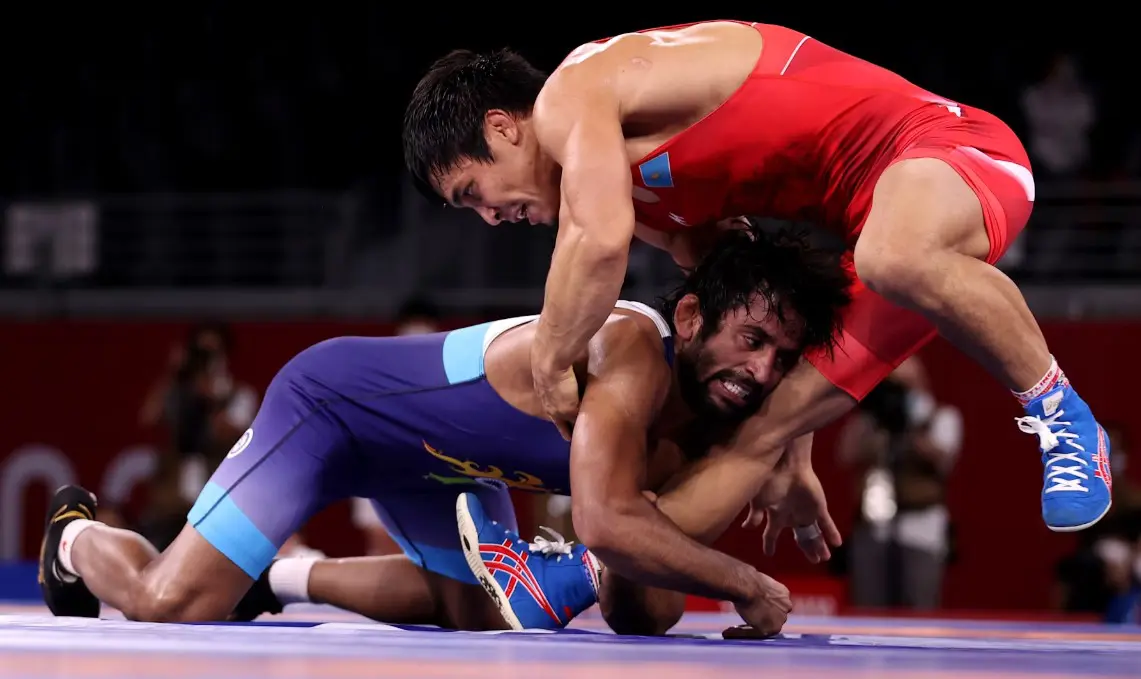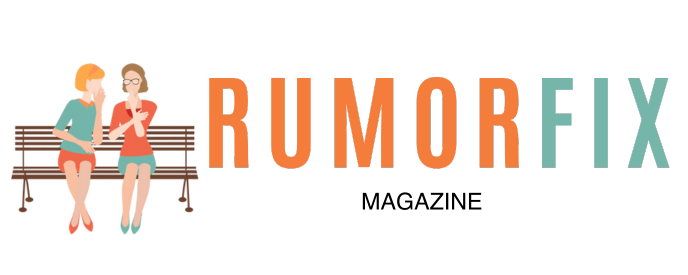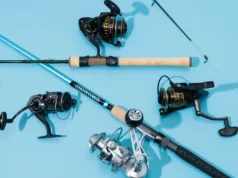
Wrestling is an ancient and respected sport that requires strength, strategy, and mental fortitude. If you’re about to attend your first wrestling class, you might feel a mix of excitement and nervousness.
This guide will help you understand what to expect and how to prepare, ensuring that your introduction to the sport is smooth and enjoyable. For more detailed information and insights into wrestling, you can visit fcwwrestling.
What to Wear
Comfortable, athletic clothing is essential. A fitted T-shirt or singlet and compression shorts are ideal. Avoid anything too loose that might get caught or pulled during practice. Wrestling shoes are recommended, but if you don’t have them yet, clean athletic shoes will suffice.
What to Bring
- Water bottle ─ Staying hydrated is crucial.
- Towel ─ You’ll sweat a lot, so having a towel handy is wise.
- Headgear ─ While not always required, headgear can help protect your ears from injury.
- Mouthguard ─ Protects your teeth and gums during intense sessions.
Mental Preparation
Wrestling can be physically demanding and mentally challenging. Prepare yourself to be pushed out of your comfort zone. Remember, it’s okay to make mistakes; learning from them is part of the process.
The Structure of a Wrestling Class

Wrestling classes are structured to provide a comprehensive training experience, blending technique instruction, physical conditioning, and practice through drills and sparring.
Warm-Up
Classes typically start with a warm-up to get your body ready for the intense physical activity ahead. This may include jogging, stretching, and dynamic exercises like high knees, butt kicks, and jumping jacks.
Drills and Techniques
You’ll learn basic wrestling moves and techniques, such as stances, takedowns, and escapes. Drills are often repetitive to help you build muscle memory. Don’t be discouraged if you don’t get it right away; consistency is key.
Sparring and Live Drills
Sparring, also known as “live wrestling,” is where you practice techniques against a resisting opponent. It’s a controlled environment, and the focus is on applying what you’ve learned, not on winning. Coaches will supervise and give feedback to help you improve.
Cool Down and Stretching
After the intensity of sparring, the class will wind down with stretching and cool-down exercises. This helps prevent injuries and reduces muscle soreness.
Key Wrestling Techniques for Beginners

Let’s explore some essential moves every beginner should know.
Stance and Motion
A solid stance is the foundation of wrestling. Your stance should be low and balanced, with your feet shoulder-width apart and your weight evenly distributed. Movement should be deliberate, staying light on your feet and ready to react.
Takedowns
Takedowns are a crucial aspect of wrestling. The double-leg takedown is a fundamental move where you grab both of your opponent’s legs and drive them to the mat. The single-leg takedown involves targeting one leg.
Escapes and Reversals
Learning to escape from the bottom position is vital. The “stand-up” and “hip heist” are basic techniques to get back to a neutral position or gain control.
Pins and Holds
Pinning your opponent’s shoulders to the mat for a certain period wins the match. You’ll practice various holds, such as the half-nelson, to control and pin your opponent.
Wrestling Etiquette and Safety

Respect your coaches, training partners, and the sport itself. Always shake hands before and after practice or sparring. Good sportsmanship is crucial, whether you win or lose.
Hygiene and Cleanliness
Wrestling is a close-contact sport, so hygiene is essential. Always shower after practice and wash your gear regularly to prevent skin infections. Keep your nails trimmed to avoid scratching others.
Safety Tips
- Listen to your coach ─ Follow instructions carefully to avoid injury.
- Tap out if needed ─ If you’re caught in a hold or uncomfortable position, tap out to signal you’re done. It’s better to stop than risk injury.
- Communicate with partners ─ Let your training partners know if you’re new or uncomfortable with certain techniques.
In Summary
Your first wrestling class is the beginning of an exciting and challenging journey. Embrace the experience, stay open-minded, and be ready to learn and grow.













